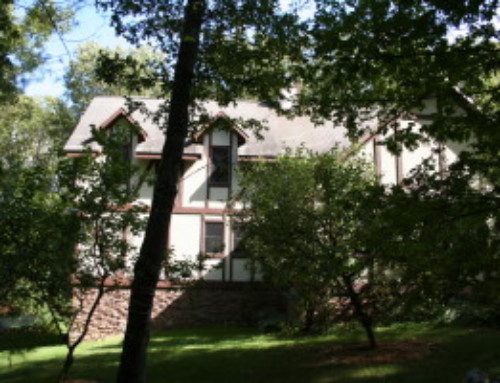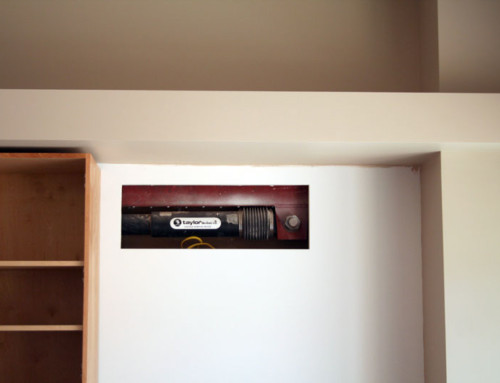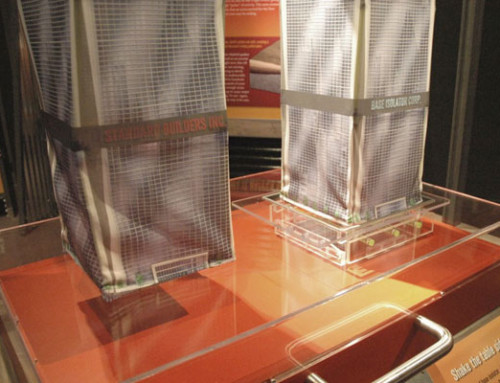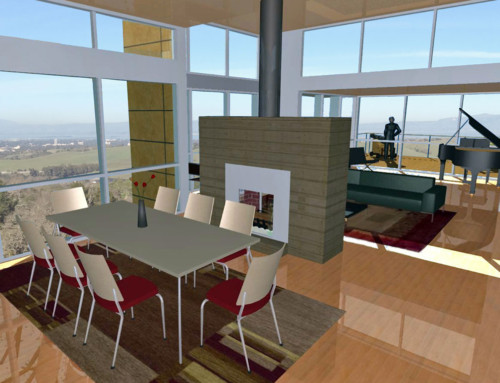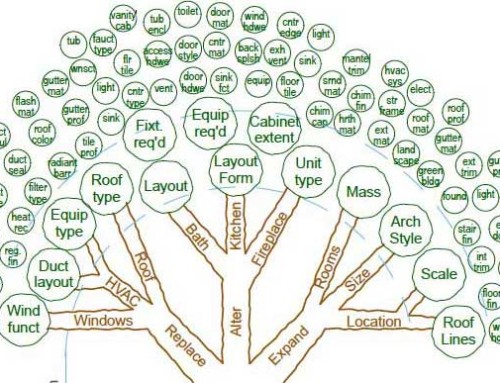
Advances In Seismic Technology (Part 2)
In the design of the Hillside House, we were guided by the dreams of the owner, our own observations, professional experience and intuition. While our desire for every project is to create a well-made, functional and beautiful home, this project’s goal of “Earthquake Safety” took us further than ever before into the realm of the “well-made”. The technological advances required to meet this goal ultimately expanded our team to include: a military grade hardware supplier, a Ph.D. in earthquake Geotechnical Engineering, Finite Element Analysis software and the World Leader in Earthquake Monitoring.
In a previous post, I related how we began this journey, with an awareness of the limits of the Building Code, the benefits of a Performance Based Design and the idea of using a fluid viscous dampened steel structure.
Originally developed as aerospace technology for the MX Missile and Stealth Bomber, dampers are typically used in construction on very large buildings with significant seismic forces, so our next step was to see if dampers of the size we needed were even available. When our Structural Engineer spoke with a representative at Taylor Devices, the premier maker of these dampers, he was informed that indeed they did have devices “small” enough for our intended use, and that for the last 25 years, their company had been looking for a way to incorporate these into residential construction. We were indeed charting new territory!
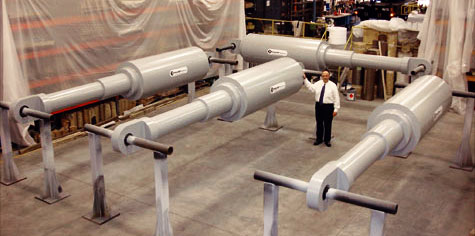
A little too big for our needs
Our Structural Engineer then took this data as key input and prepared a 3-dimensional “Dynamic Time-History” analysis of the structure; a computer model that predicted the actual dynamic performance of the building under possible ground motions. Alternative mitigation approaches were modeled, so that the team could make informed decisions about the right design to pursue. This level of analysis is common in high-rise and other building design.
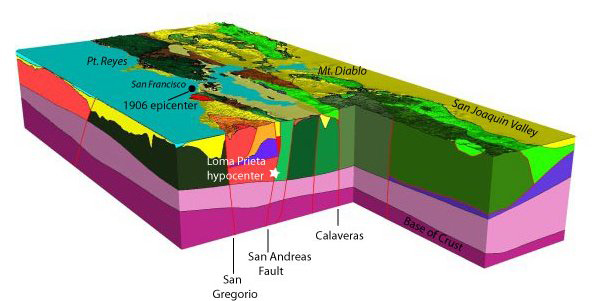
Mapping how seismic waves travel underground.
Current Building Codes allow Geotechnical Engineers to make fairly generic assumptions about the ground motions that could occur in a particular location. For most projects this “simplification” is sufficient to design safe buildings. In contrast, the Performance Based Design method we used requires understanding the vulnerabilities of a particular site before the structure can be designed to properly respond. We brought in a specialty Geotechnical firm who prepared a site-specific “Ground Motion Time History”, which is a record of exactly how the ground will shake under our building in the strongest earthquake. This process took into account the type, location and history of local faults, and how the energy from a rupture would propagate through soil substructures to affect the land beneath the building.
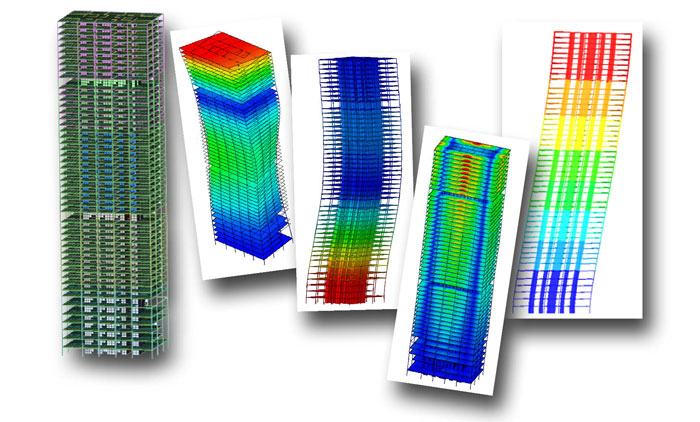
A visual representation of Finite Element Structural Analysis
The owner of the Hillside House is an engineer in Silicon Valley who loves to study and drive improvements. He wanted to take the investment of time and effort on their house and to help advance the state of Building Science, so others could benefit from their experience. We contacted the California Strong Motion Instrumentation Program (CSMIP) to arrange for monitoring the home. The building was outfitted with a network of highly sensitive sensors from Kinemetrics. The sensors will record even minor shaking in the building and report this information back to CSMIP. Over time Structural Engineers will analyze this data and track the performance of this new technology so they can improve the resiliency and safety of future buildings.
Until next time,





